10 Best Herbal Tinctures For Hot Flashes

Herbal tinctures have gained popularity as a natural remedy for managing hot flashes, particularly among women experiencing menopause.
These concentrated liquid extracts are typically made by soaking herbs in alcohol or glycerin, allowing the active compounds to be absorbed more efficiently by the body. Commonly used herbs in tinctures for hot flashes include black cohosh, red clover, sage, and evening primrose oil, each known for their potential to regulate hormonal balance and reduce symptoms. While some studies suggest these herbs may offer relief, it is important to consult a healthcare provider before use, as they can interact with medications or have side effects.
Overall, herbal tinctures provide a complementary approach to managing hot flashes, offering a gentler alternative to conventional treatments.
FREE COURSE
How to make medicinal herbal tinctures for common ailments at home and in a weekend (using the Healing Drops System).
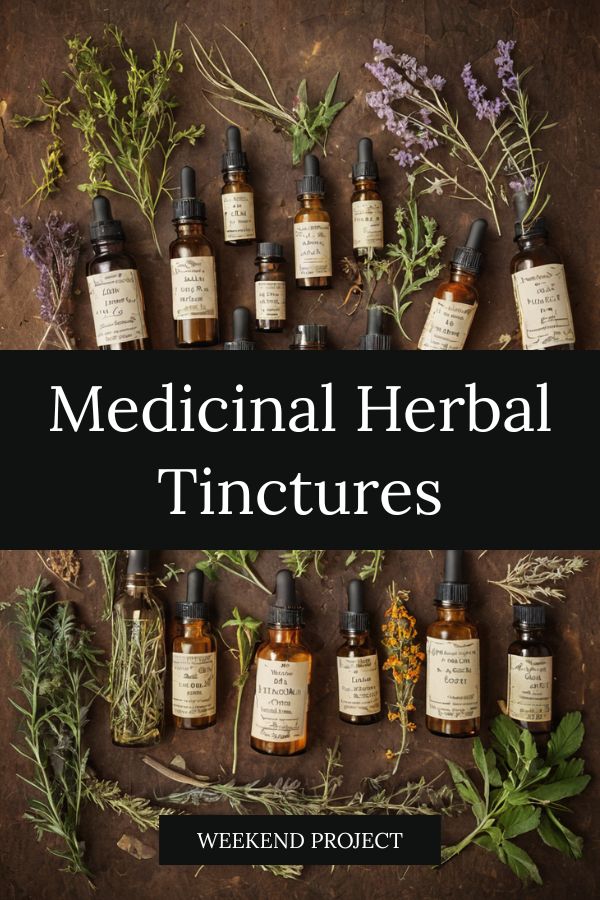
Table of Contents
1. Vitex agnus-castus
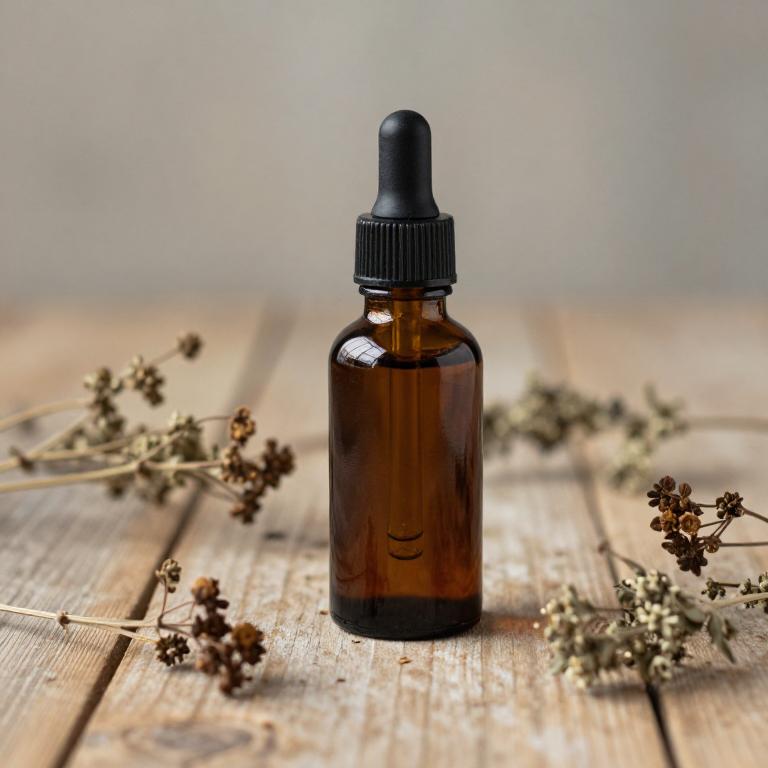
Vitex agnus-castus, commonly known as chasteberry, is a popular herbal remedy used to alleviate symptoms of hot flashes, particularly in women undergoing menopause.
The tincture form of vitex is often preferred for its concentrated active compounds, which may help regulate hormonal imbalances that contribute to hot flashes. Studies suggest that vitex may influence the pituitary gland, potentially reducing the frequency and intensity of hot flashes by modulating estrogen and progesterone levels. While results can vary among individuals, many users report a noticeable improvement in their symptoms within several weeks of regular use.
As with any herbal supplement, it is advisable to consult a healthcare provider before starting vitex agnus-castus, especially if taking other medications or supplements.
2. Cimicifuga racemosa
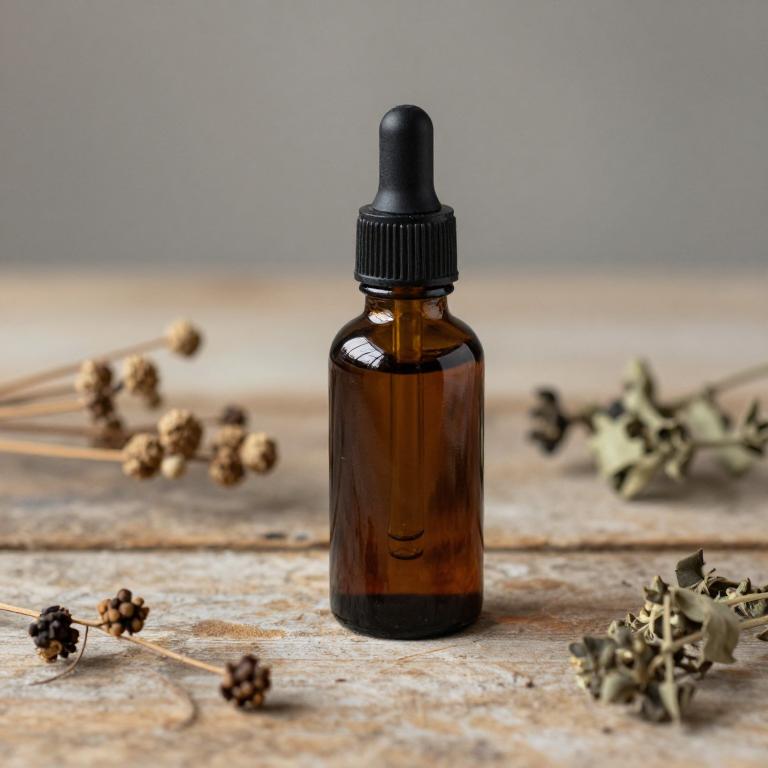
Cimicifuga racemosa, commonly known as black cohosh, is a popular herbal remedy used to alleviate menopausal symptoms, particularly hot flashes.
Herbal tinctures of Cimicifuga racemosa are often prepared from the root of the plant and are typically taken orally in diluted form. Studies suggest that these tinctures may help reduce the frequency and intensity of hot flashes by modulating hormonal activity and influencing the central nervous system. While generally considered safe for short-term use, they should be used under the guidance of a healthcare provider to ensure proper dosage and avoid potential interactions.
As with any supplement, individual responses can vary, and it is important to monitor for any adverse effects.
3. Eclipta prostrata
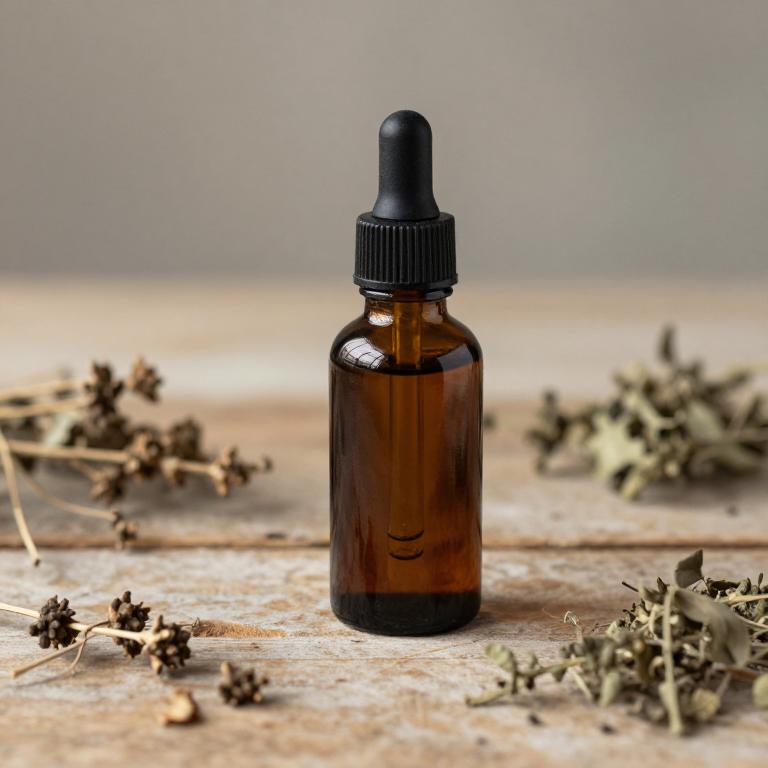
Eclipta prostrata, commonly known as false dandelion, has been traditionally used in herbal medicine for its potential to alleviate symptoms of menopause, including hot flashes.
Herbal tinctures made from Eclipta prostrata are often prepared by soaking the dried plant material in alcohol, which helps extract its active compounds. These tinctures are believed to support hormonal balance and may help reduce the frequency and intensity of hot flashes. While scientific research on Eclipta prostrata is limited, some studies suggest it contains compounds with estrogen-like properties that may contribute to its effectiveness.
As with any herbal remedy, it is advisable to consult a healthcare professional before use, especially for individuals with existing health conditions or those taking other medications.
4. Zingiber officinale
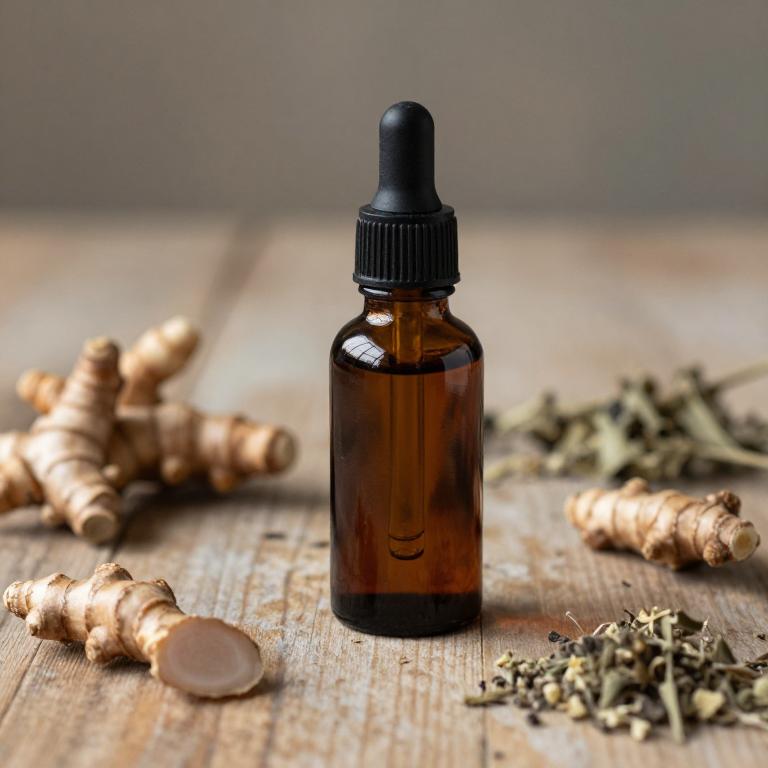
Zingiber officinale, commonly known as ginger, has been traditionally used for its therapeutic properties, and its herbal tinctures are gaining attention for their potential to alleviate hot flashes, particularly in women undergoing menopause.
The active compounds in ginger, such as gingerol and shogaol, are believed to have anti-inflammatory and antioxidant effects that may help regulate body temperature and reduce the intensity of hot flashes. Studies suggest that ginger tinctures can support hormonal balance and improve circulation, which are key factors in managing menopausal symptoms. While more research is needed to confirm its efficacy, many women report a noticeable reduction in the frequency and severity of hot flashes after incorporating ginger tinctures into their wellness routine.
As a natural alternative to conventional treatments, ginger tinctures offer a potentially safe and effective option for those seeking holistic relief from menopausal symptoms.
5. Glycyrrhiza glabra
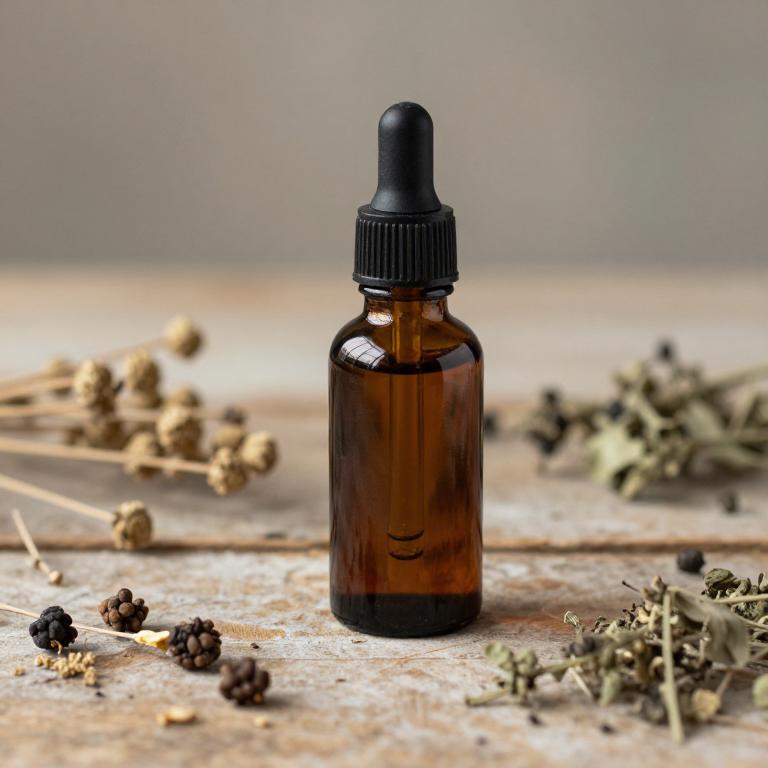
Glycyrrhiza glabra, commonly known as licorice root, has been traditionally used in herbal medicine for its potential to alleviate symptoms of menopause, including hot flashes.
The tinctures made from this plant are believed to support hormonal balance by modulating the body's response to estrogen fluctuations. Clinical studies suggest that licorice root may help reduce the frequency and intensity of hot flashes due to its adaptogenic properties and mild phytoestrogen content. However, it is important to note that excessive consumption of licorice root can lead to side effects such as hypertension, so it should be used under the guidance of a healthcare professional.
As with any herbal remedy, individual responses may vary, and it is recommended to consult a qualified practitioner before incorporating licorice tinctures into one's health regimen.
6. Lepidium meyenii
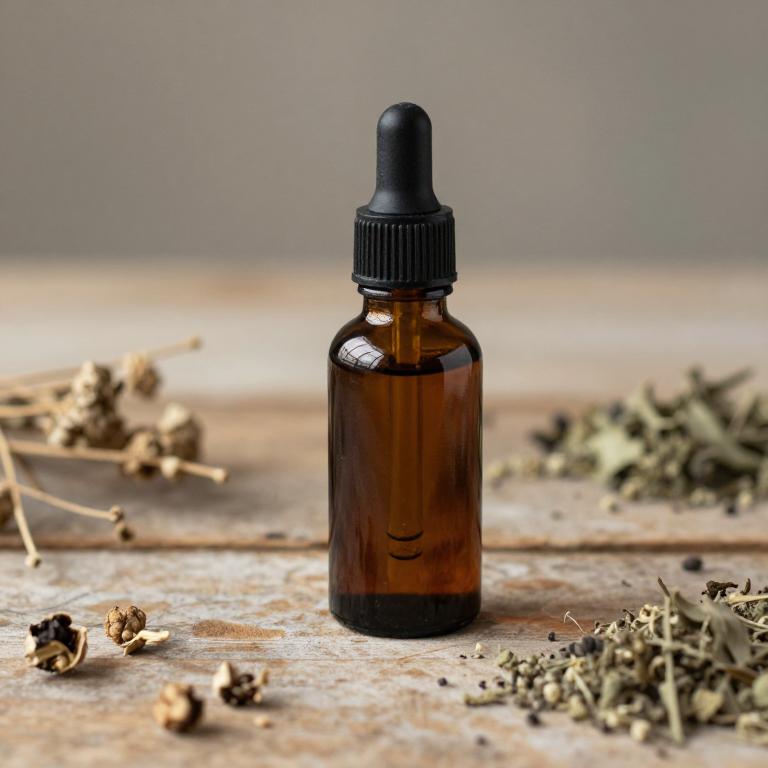
Lepidium meyenii, commonly known as maca, has been traditionally used for its adaptogenic properties, and its herbal tinctures are increasingly being explored for their potential in managing menopausal symptoms such as hot flashes.
Studies suggest that maca may help regulate hormonal balance, which could contribute to reducing the frequency and intensity of hot flashes. The tincture form allows for a concentrated and consistent dosage, making it a convenient option for individuals seeking natural remedies. However, more clinical research is needed to fully understand its efficacy and long-term safety in treating hot flashes.
As with any herbal supplement, it is advisable to consult a healthcare provider before use, especially for those with existing medical conditions or taking other medications.
7. Actaea racemosa
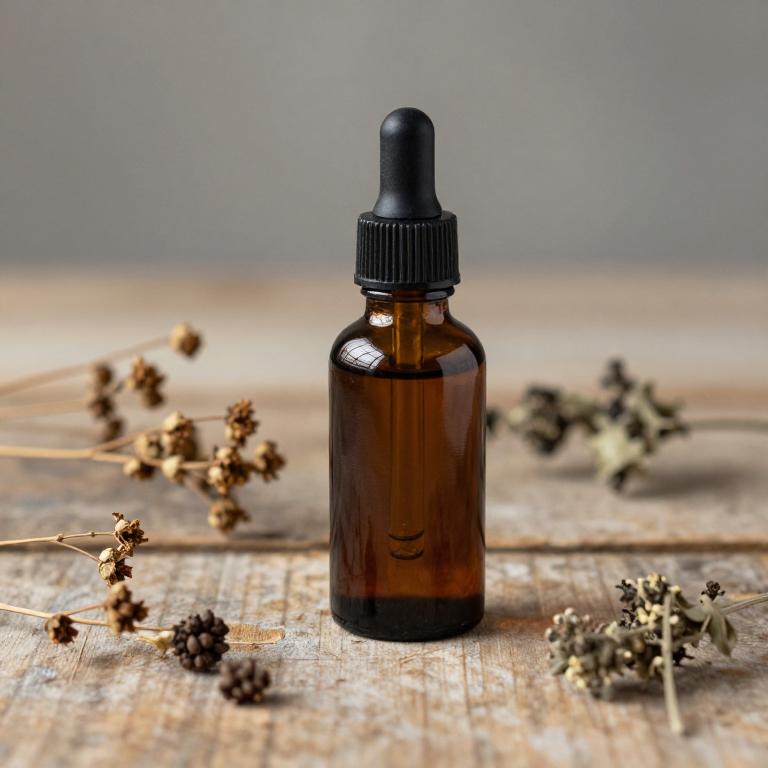
Actaea racemosa, also known as black cohosh, is a commonly used herb in the form of tinctures for managing hot flashes associated with menopause.
This herbal tincture is believed to work by modulating hormonal balance and reducing the intensity of vasomotor symptoms. It is often preferred over synthetic hormone replacement therapies due to its natural composition and potentially fewer side effects. The tincture is typically taken orally, with dosage varying based on individual needs and guidance from a healthcare provider.
While research on its efficacy is ongoing, many women report significant relief from hot flashes when using Actaea racemosa tinctures as part of a holistic approach to menopause management.
8. Rhodiola rosea
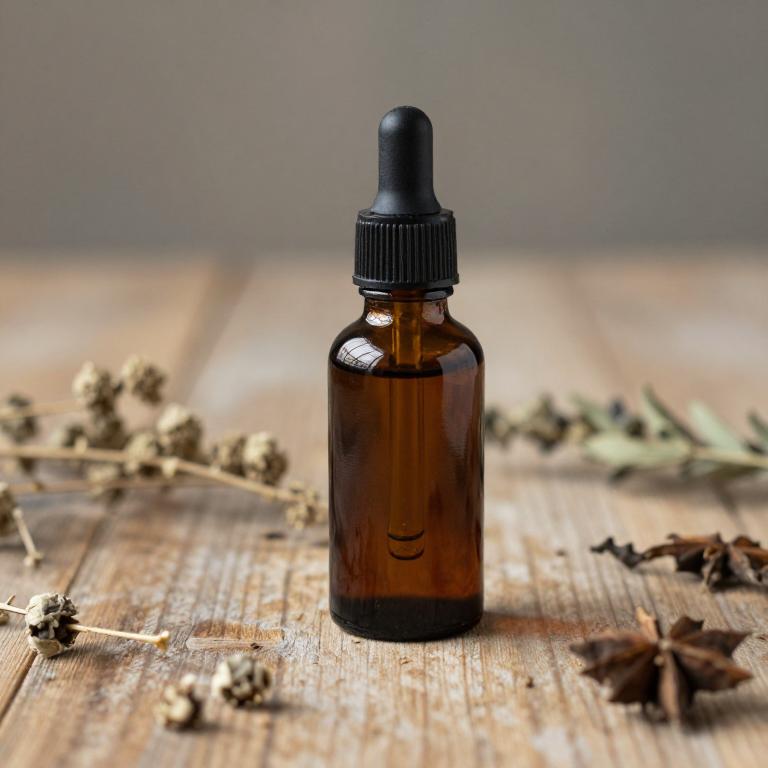
Rhodiola rosea, a traditional adaptogenic herb, has gained attention for its potential to alleviate symptoms of hot flashes, particularly in menopausal women.
Herbal tinctures made from Rhodiola rosea are concentrated extracts that are typically taken orally, often in capsule or liquid form, to support hormonal balance and reduce stress. Studies suggest that the active compounds in Rhodiola rosea, such as rosavins and salidrosides, may help regulate the body's stress response and improve mood, which can indirectly ease hot flash frequency and intensity. While more research is needed, many users report a noticeable reduction in hot flashes and improved overall well-being when using Rhodiola rosea tinctures consistently.
As with any herbal supplement, it is advisable to consult a healthcare provider before starting Rhodiola rosea, especially for those with existing health conditions or taking other medications.
9. Echinacea purpurea
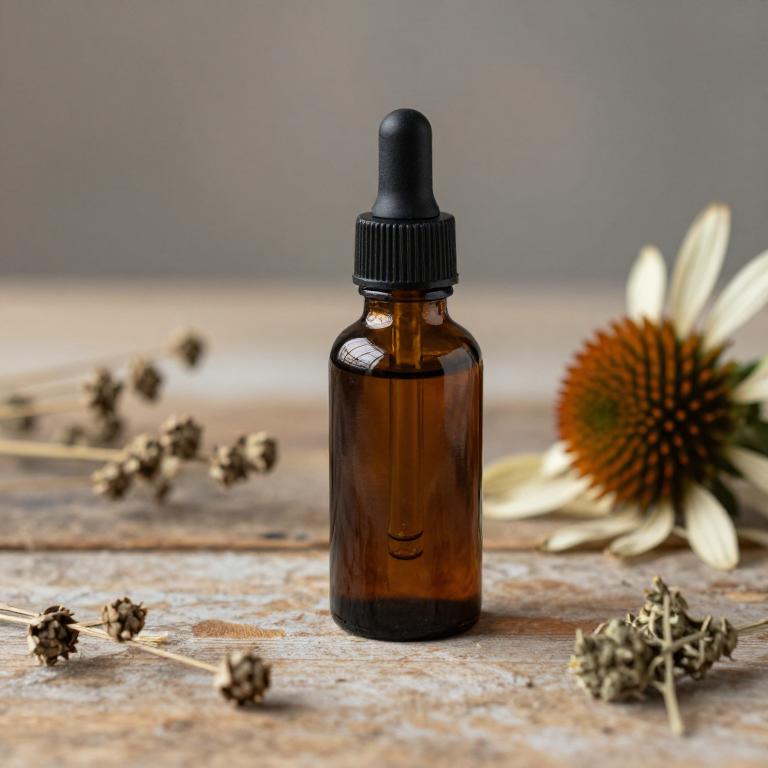
Echinacea purpurea, commonly known as purple coneflower, is a traditional herbal remedy that has been explored for its potential to alleviate symptoms of menopause, including hot flashes.
While scientific research on echinacea's effectiveness for hot flashes is limited, some studies suggest that its anti-inflammatory and immune-modulating properties may contribute to reducing the frequency and intensity of these episodes. Herbal tinctures made from echinacea are often used as a natural alternative to conventional hormone replacement therapy, appealing to individuals seeking holistic treatment options. When using echinacea tinctures, it is important to consult with a healthcare provider, as they can interact with certain medications and may not be suitable for everyone.
Overall, while echinacea purpurea tinctures show promise, more rigorous clinical trials are needed to confirm their efficacy and safety for managing hot flashes.
10. Tribulus terrestris
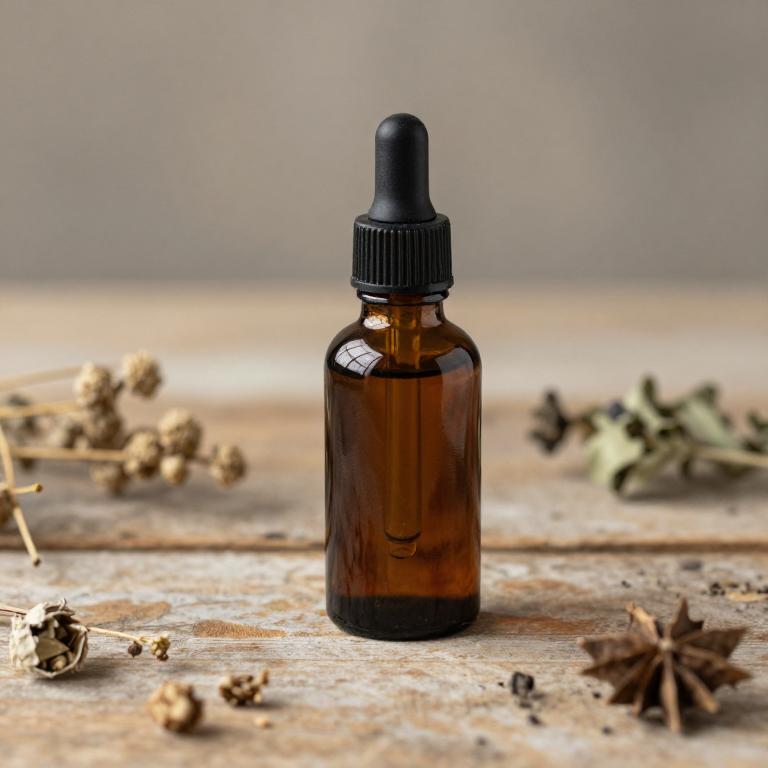
Tribulus terrestris, a traditional herbal remedy, has been studied for its potential to alleviate symptoms of hot flashes, particularly in postmenopausal women.
The tincture form of Tribulus terrestris is often preferred due to its concentrated active compounds, which may support hormonal balance and reduce menopausal discomfort. Some preliminary research suggests that it may influence estrogen metabolism and help regulate body temperature, though more clinical evidence is needed. While generally considered safe, it is important to consult a healthcare provider before use, especially for those on hormone therapies or with underlying health conditions.
Overall, Tribulus terrestris tinctures offer a natural alternative for managing hot flashes, but their effectiveness can vary among individuals.